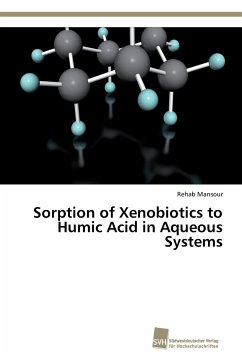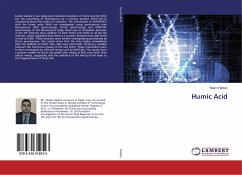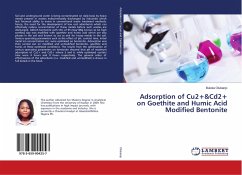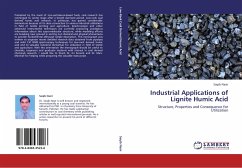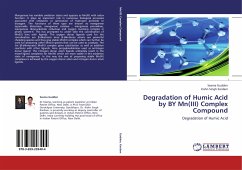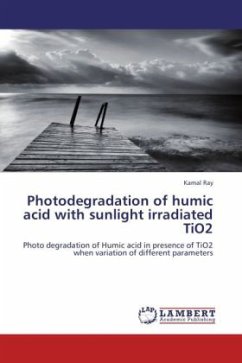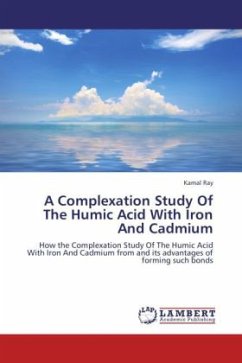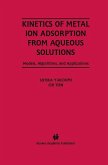The sorption process plays an important role in the environmental fate and effect of xenobiotics in the aquatic system. The sorption coefficients (log Koc) of sixty-one organic compounds from different chemical classes such as PAHs, organochlorines, biphenyls, phenols and heterocyclic compounds to humic acid as model sorbent have been determined by batch technique combined with negligible depletion-SPME in two different modes of extraction as analytical tool and compared with literature data. The influence of pH and temperature variation was studied. Experimental log Koc data were compared with calculated log Koc from existing prediction methods of QSAR approaches employing log Kow and LSER relationships. The predictability of newly proposed models for PAHs, organochlorines and biphenyls, phenols, and heterocyclic compounds with regard to all compounds and separately for unionized fractions, neutral compounds, weak acids and bases was validated. Thermodynamic parameters of partitioning were determined for selected compounds. The interaction mechanisms were discussed and limitation of SPME accompanied by GC-MSD as analytical tool in sorption measurements was discussed.
Bitte wählen Sie Ihr Anliegen aus.
Rechnungen
Retourenschein anfordern
Bestellstatus
Storno

